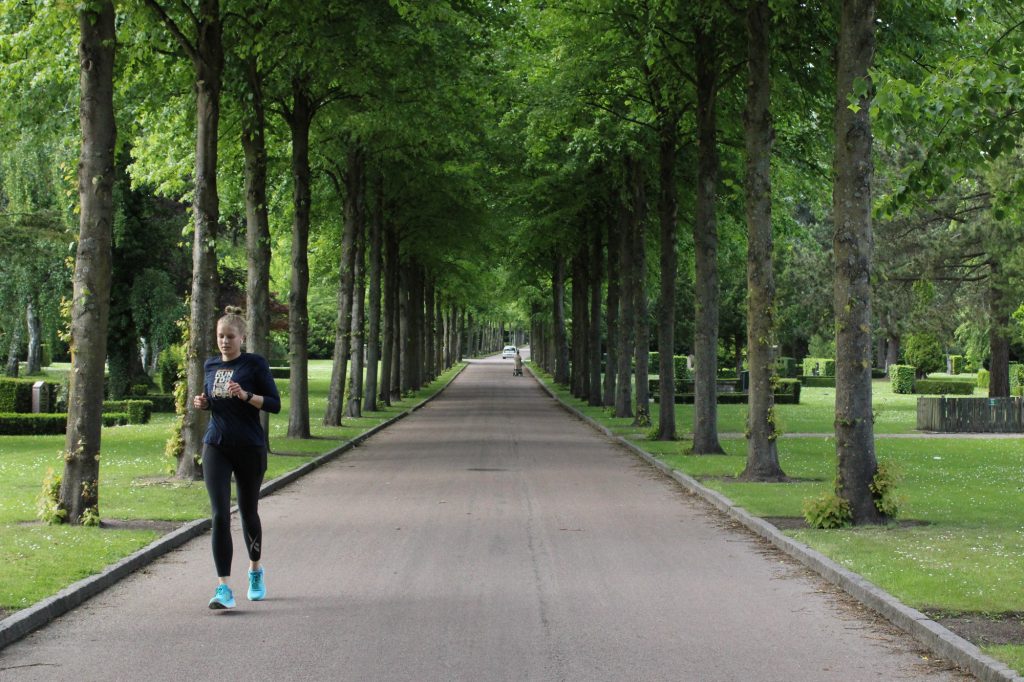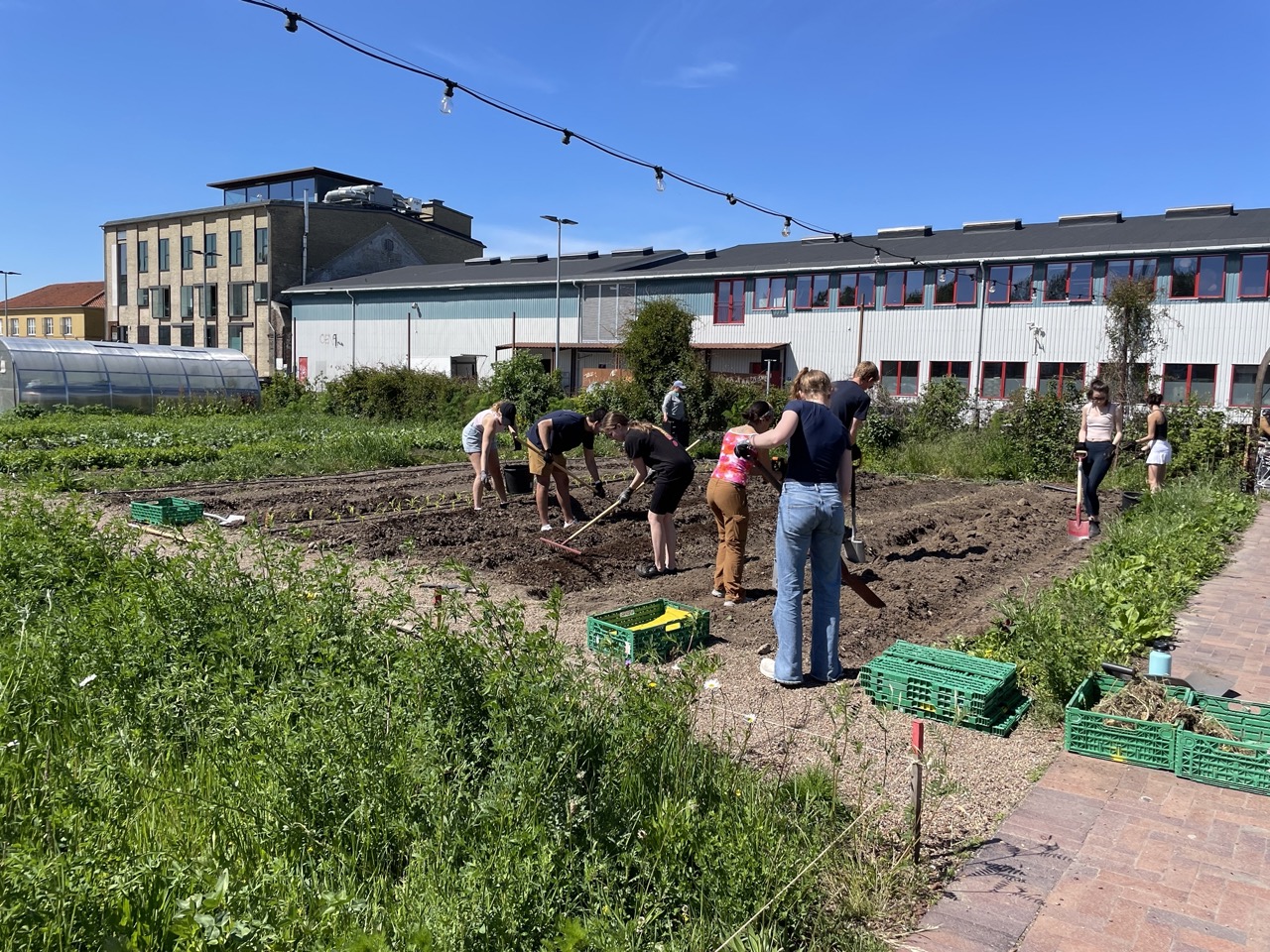I spent a quiet afternoon getting lost in Vestre Kirkegård, Denmark’s largest cemetery, aimlessly wandering its winding paths and tall hedges, yet I wasn’t creeped out or afraid, tensing up at the silence or trying to find my way out, a safe distance from its marble headstones.
In fact, on this Wednesday afternoon, the cemetery was very much alive. Runners sprinted down Vestre Kirkegård’s tree-lined hedges. An elderly couple rested on a bench overlooking a pond. A mother watched as her two children swam in a fountain. A young woman sat beneath a tree, playing fetch with her dog.
Why It’s Newsworthy: A large portion of this used greenspace in Copenhagen is cemeteries, something that many outside of Copenhagen may find to be taboo. Vestre Kirkegård is used both as a place for leisure and activity as well as a place of mourning, and the interaction of these two purposes was interesting to explore.

Vestre Kirkegård was founded in 1870 to create more burial sites for the rapidly growing population of Copenhagen. Like many other cemeteries in Copenhagen, Vestre Kirkegård has two different purposes. Although it is primarily a final resting ground and place of mourning, it doubles as a public greenspace. On a sunny afternoon, one can find many residents of Copenhagen taking a stroll among its winding gravel paths, going on a jog through its tree-lined paths or even resting on a shady part of the lawn, a few feet away from a gravesite.
“I see people walking strollers, and I see people going on runs through there,” said Christian Green, a resident of Copenhagen who enjoys spending time in the cemeteries of Copenhagen. “It’s a place of recreation, but they are still also active cemeteries so they are places of mourning, and I see people sitting around sometimes, seemingly looking at a grave.”
Toby Musgrave, a plant and garden historian, views the use of cemeteries as a greenspace as an unusual yet pioneering way of encouraging residents of Copenhagen to go outside and enjoy nature. Even so, he says that one must also consider whether they are using the space in an appropriate and respectful way.
“Some people may say, oh my gosh, that’s a really sort of a disrespectful use of that space and that this is a place to rest and it should be quiet and calm and people just coming to pay respects to their deceased loved ones,” Musgrave said. “But I think to be honest, if people use the space respectfully and don’t trash it, they know that it’s still a consecrated ground, I think it works.”
Green agrees there needs to be a balance between Copenhagen cemeteries’ dual purposes.
“They are still cemeteries and sometimes that multi-use function could veer too far in the other direction to where they become primarily recreational spaces,” Green said. “There still needs to be thought into how we preserve the ability to go there for their primary purpose.”

Asta V. has experience using cemeteries both recreationally and as a place of mourning for her deceased grandmother and aunt. Using a cemetery for leisure activities takes advantage of a beautiful space when nature may otherwise be sparse, Asta said. However, this also dilutes its main purpose as a place of mourning.
“It wasn’t just this place where grandma’s resting, like, it became this place where we could sort of share stories about her and not feel like ‘oh, God, we have to be quiet. We’re not allowed to talk. We have to be somber in the cemetery,’” Asta said. “But I’ve also tried sitting on a super cold day at my aunt’s grave where even with noise-canceling headphones on, people were walking around and talking super loudly quite close to me.”

Even so, Asta said that she prefers that Copenhagen’s cemeteries are not just for mourning, but places of activity that continue to be visited and used.
“We like to say that my grandmother’s sort of looking over the lake. Like, I’d much prefer that any day,” said Asta. “We brought my dog in and it accidentally peed on someone’s grave, but even then, had it been my grandma’s grave, I’d be like, you know what? I’d rather have that than just to have a lawn and only grieving people.”
Vestre Kirkegård, the final resting place for thousands and mourning site for loved ones, is not just a place for the dead, but a place for the living.
“You can go and respect the people who’ve died and lay flowers,” Musgrave said. “But at the same time, there’s life going on and I like that sort of continuum, that continuum of life.”
Alyssa Ginn is a student at the University of Georgia.









Show Comments (0)